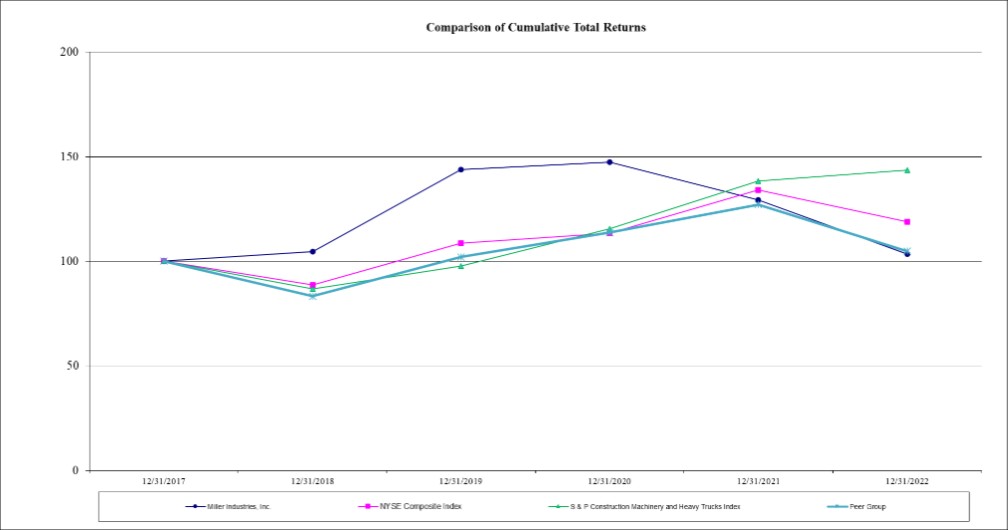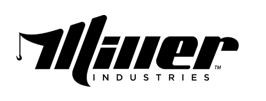Year Ended December 31, 2021 Compared to Year Ended December 31, 2020
For a comparison of the 2021 to 2020 reporting periods, see Part II, Item 7. Management’s Discussion and Analysis of Financial Condition and Results of Operations – “Results of Operations – Year Ended December 31, 2021 Compared to Year Ended December 31, 2020” of our Annual Report on Form 10-K filed on March 9, 2022 for the fiscal year ended December 31, 2021.
Liquidity and Capital Resources
Cash used in operating activities during 2022 was $19,155, compared to $15,268 cash provided by operating activities during 2021. Cash provided by operating activities is generally attributable to the receipt of payments from our customers as settlement of their contractual obligation once we have fulfilled all performance obligations related to our contracts with them. These cash receipts are netted with payments for purchases of inventory, payments for materials used in manufacturing, and other payments that are necessary in the ordinary course of our operations, such as those for utilities and taxes. During 2022, we continued to increase purchases of materials, components and chassis to ramp up production to meet our historic demand levels and to mitigate various supply chain disruptions. These factors coupled with the increased costs of inventory and labor caused cash provided by operating activities to be exceeded by cash used in operation activities in 2022. During 2021, we used available cash flow from operations toward similar working capital needs, to pay for capital expenditures, and to pay dividends.
Cash used in investing activities during 2022 was $28,931, compared to $9,059 used during 2021. The cash used in investing activities for 2022 and 2021 was primarily for the purchase of property, plant and equipment, including an aircraft purchased in 2022 which is used to enhance our marketing efforts, establish and maintain our relationships with key suppliers and visit our facilities that are not easily accessible via commercial air travel. We also continued to invest in manufacturing automation, ERP system enhancements and employee safety initiatives during 2022.
Cash provided by financing activities during 2022 was $36,765, compared to $8,238 used during 2021. The cash provided by financing activities in 2022 was attributable to advances on the credit facility of $45,000, offset by dividend payments of $8,220 and an immaterial amount of payments on finance lease obligations. The cash used in financing activities in 2021 was primarily attributable to dividend payments of $8,216 and an immaterial amount of payments on finance lease obligations.
As of December 31, 2022, we had cash and cash equivalents of $40,153. Our primary cash requirements include working capital, capital expenditures, the funding of any declared cash dividends and principal and interest payments on indebtedness. During 2022, supply chain bottlenecks required us to continue allocating cash to working capital at higher than our normal levels in order to allow inventory to be produced to completion as quickly as the supply chain allowed. Accounts payable balances and raw materials and work in process inventory balances at December 31, 2022 increased significantly when compared to the prior year balances. Such constraints also impacted our ability to reduce our backlog, which remain at historically high levels. These supply chain disruptions and bottlenecks improved substantially over the second half of 2022 but are continuing into 2023. However, we are optimistic that our efforts to supplement our supplier network and reengineer our products will improve our ability to finalize deliveries on a timely basis throughout 2023, allowing cash to be allocated consistent with the Company’s past practices and the buildup in backlog to be reduced.
At December 31, 2022, we had commitments of approximately $6,351 for the acquisition of property and equipment. As of December 31, 2022, we also had commitments of $2,565 in software license fees, all of which is expected to be settled over the next three years. In addition, as of December 31, 2022 we had purchase obligations of $94,356 arising from open purchase orders, which increased from $90,494 at December 31, 2021 as a result of materials and component cost increases and ramp up of production to meet customer demand. We expect all such purchase order obligations will be settled during 2023.
We expect our primary sources of cash to be cash flow from operations and cash and temporary investments on hand at December 31, 2022, with borrowings under our credit facility being available as needed. We expect these sources to be sufficient to satisfy our cash needs during 2023 and for the next several years. However, our ability to satisfy our cash needs will substantially depend upon a number of factors including our future operating performance, taking into account the economic, regulatory and other factors discussed above and elsewhere in this Annual Report, as well as financial, business and other factors, many of which are beyond our control.
At December 31, 2022 and 2021, $18,254 and $28,983, respectively, of the Company’s cash and temporary investments were held by foreign subsidiaries based in the local currency. We do not currently have plans to repatriate undistributed foreign earnings to the United States and have not determined any timeline or amount for any such future distributions.

